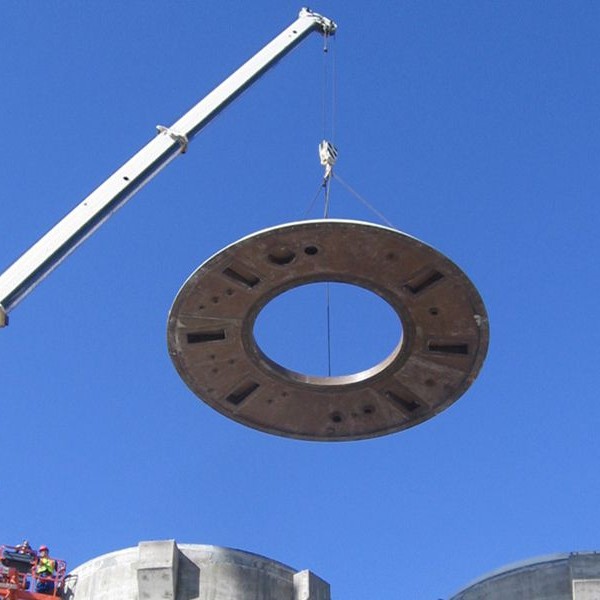
-
 Afrikaans
Afrikaans -
 Albanian
Albanian -
 Amharic
Amharic -
 Arabic
Arabic -
 Armenian
Armenian -
 Azerbaijani
Azerbaijani -
 Basque
Basque -
 Belarusian
Belarusian -
 Bengali
Bengali -
 Bosnian
Bosnian -
 Bulgarian
Bulgarian -
 Catalan
Catalan -
 Cebuano
Cebuano -
 China
China -
 China (Taiwan)
China (Taiwan) -
 Corsican
Corsican -
 Croatian
Croatian -
 Czech
Czech -
 Danish
Danish -
 Dutch
Dutch -
 English
English -
 Esperanto
Esperanto -
 Estonian
Estonian -
 Finnish
Finnish -
 French
French -
 Frisian
Frisian -
 Galician
Galician -
 Georgian
Georgian -
 German
German -
 Greek
Greek -
 Gujarati
Gujarati -
 Haitian Creole
Haitian Creole -
 hausa
hausa -
 hawaiian
hawaiian -
 Hebrew
Hebrew -
 Hindi
Hindi -
 Miao
Miao -
 Hungarian
Hungarian -
 Icelandic
Icelandic -
 igbo
igbo -
 Indonesian
Indonesian -
 irish
irish -
 Italian
Italian -
 Japanese
Japanese -
 Javanese
Javanese -
 Kannada
Kannada -
 kazakh
kazakh -
 Khmer
Khmer -
 Rwandese
Rwandese -
 Korean
Korean -
 Kurdish
Kurdish -
 Kyrgyz
Kyrgyz -
 Lao
Lao -
 Latin
Latin -
 Latvian
Latvian -
 Lithuanian
Lithuanian -
 Luxembourgish
Luxembourgish -
 Macedonian
Macedonian -
 Malgashi
Malgashi -
 Malay
Malay -
 Malayalam
Malayalam -
 Maltese
Maltese -
 Maori
Maori -
 Marathi
Marathi -
 Mongolian
Mongolian -
 Myanmar
Myanmar -
 Nepali
Nepali -
 Norwegian
Norwegian -
 Norwegian
Norwegian -
 Occitan
Occitan -
 Pashto
Pashto -
 Persian
Persian -
 Polish
Polish -
 Portuguese
Portuguese -
 Punjabi
Punjabi -
 Romanian
Romanian -
 Russian
Russian -
 Samoan
Samoan -
 Scottish Gaelic
Scottish Gaelic -
 Serbian
Serbian -
 Sesotho
Sesotho -
 Shona
Shona -
 Sindhi
Sindhi -
 Sinhala
Sinhala -
 Slovak
Slovak -
 Slovenian
Slovenian -
 Somali
Somali -
 Spanish
Spanish -
 Sundanese
Sundanese -
 Swahili
Swahili -
 Swedish
Swedish -
 Tagalog
Tagalog -
 Tajik
Tajik -
 Tamil
Tamil -
 Tatar
Tatar -
 Telugu
Telugu -
 Thai
Thai -
 Turkish
Turkish -
 Turkmen
Turkmen -
 Ukrainian
Ukrainian -
 Urdu
Urdu -
 Uighur
Uighur -
 Uzbek
Uzbek -
 Vietnamese
Vietnamese -
 Welsh
Welsh -
 Bantu
Bantu -
 Yiddish
Yiddish -
 Yoruba
Yoruba -
 Zulu
Zulu
fiberglass fan
The Versatility of Fiberglass Fans
In an era where environmental sustainability and efficiency are paramount, fiberglass fans have emerged as an essential component in various industries. These fans, crafted from high-quality fiberglass materials, offer numerous advantages that make them a preferred choice for different applications. Their lightweight structure, corrosion resistance, and durability position them as a viable option in both commercial and industrial settings.
Lightweight and High Strength
One of the primary benefits of fiberglass fans is their lightweight nature. Unlike traditional metal fans, fiberglass fans are easier to handle and install. This characteristic reduces installation costs and facilitates transportation. Despite their lightness, these fans maintain impressive strength and stability, making them suitable for high-performance operations.
Corrosion Resistance
Another significant advantage is the corrosion resistance offered by fiberglass materials. Industries such as chemical processing, marine, and wastewater treatment, which often encounter harsh environments, greatly benefit from this feature. The ability to withstand corrosive substances ensures that fiberglass fans have a longer lifespan compared to their metal counterparts, saving businesses money on repairs and replacements. This durability is particularly crucial in applications where maintenance costs can escalate rapidly.
Energy Efficiency
Energy consumption is a critical factor in operational costs for many businesses. Fiberglass fans are designed to operate efficiently, providing high airflow while using less energy. This efficiency not only contributes to lower utility bills but also aligns with global efforts to reduce carbon footprints. Companies are increasingly seeking eco-friendly solutions, and fiberglass fans fit perfectly into this sustainable paradigm.
Versatile Applications
fiberglass fan

The versatility of fiberglass fans allows them to be used in a myriad of applications. In agricultural settings, these fans help ventilate livestock housing and crop storage facilities, promoting a healthier environment for both animals and plants. In industrial settings, they effectively exhaust fumes and control temperatures in manufacturing processes. Similarly, in commercial buildings, fiberglass fans provide essential ventilation, enhancing indoor air quality and comfort for occupants.
Customization Options
One of the standout features of fiberglass fans is the ability to customize them according to specific needs. Manufacturers often offer a range of sizes, designs, and configurations to meet the requirements of various applications. This level of customization ensures that businesses can implement a solution tailored specifically to their operational needs, maximizing efficiency and performance.
Maintenance and Longevity
Maintaining fiberglass fans is simpler than maintaining traditional fans. Their resistance to rust and degradation means that they require less frequent repairs and replacements. This longevity is a valuable asset for businesses looking to minimize downtime and ensure continuous operations. Regular inspections and basic cleaning are usually sufficient to keep these fans running efficiently.
Conclusion
As industries move towards more sustainable and efficient practices, the role of fiberglass fans becomes increasingly significant. Their lightweight, corrosion-resistant, and energy-efficient nature makes them an ideal choice for a wide array of applications. With the ability to customize these fans to meet specific operational needs, businesses can benefit from increased efficiency and lower maintenance costs.
In conclusion, fiberglass fans represent a remarkable advancement in fan technology, providing solutions that align with modern environmental and operational demands. As industries continue to evolve, the integration of fiberglass fans will play a crucial role in ensuring efficient, sustainable, and cost-effective operations. Whether in agriculture, manufacturing, or commercial buildings, fiberglass fans are poised to become a staple in the quest for improved efficiency and sustainability. The future looks bright for this innovative technology, promising a harmonious balance between functionality and environmental stewardship.









